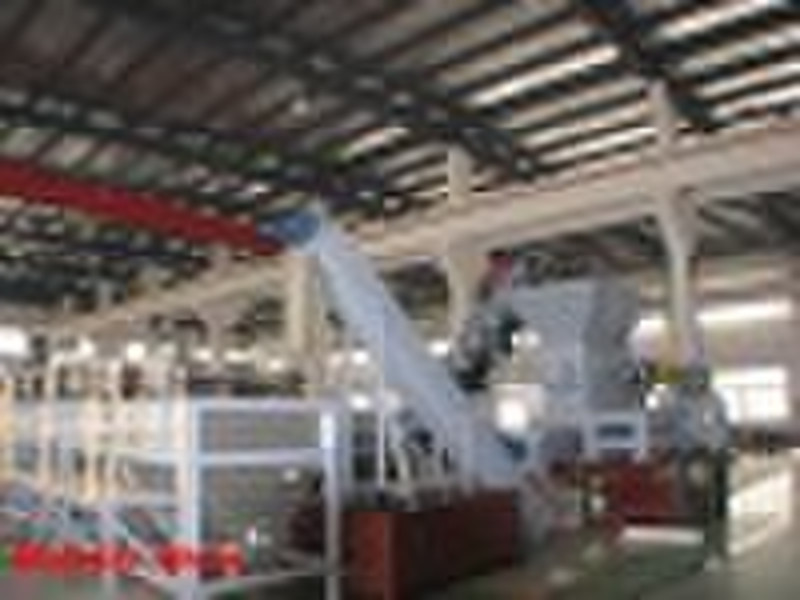Каталог
-
Каталог
- Автомобили и мотоциклы
- Безопасность и защита
- Бизнес
- Бытовая техника
- Бытовая электроника
- Детали машин и услуги по их изготовлению
- Дом и Сад
- Здоровье и медицина
- Игрушки и хобби
- Изделия из металла
- Измерительные и анализирующие приборы и инструменты
- Инструмент
- Красота и личная гигиена
- Мебель
- Мероприятия по охране окружающей среды
- Минералы и металлургия
- Модные аксессуары
- Обувь и аксессуары
- Одежда
- Освещение
- Подарки, сувениры
- Продовольственные товары и напитки
- Промышленное оборудование и техника
- Резина и пластмассы
- Сельское хозяйство
- Специальное оборудование
- Спорт, отдых и досуг
- Сток
- Строительство и недвижимость
- Текстиль и кожа
- Телекоммуникации
- Товары для офиса, учебы. Канцтовары
- Транспорт
- Упаковка и печать
- Химикаты
- Часы, Украшения, Очки
- Чемоданы, сумки
- Электронные компоненты, оборудование, принадлежности
- Электротехническое оборудование и принадлежности
- Энергия
Filters
Search
ПНД Бутылка Стиральная и дробления линии / пластиковые стирки
ориг. цена: 20 000 USD
Zhangjiagang, Китай
Объем производства:
10 Набор / Год

Wei Chen
Контактное лицо
Основные данные
Preparation of HDPE bottles Debaling: A screw shredder or a debaling drum breaks down the pressed bales into single bottles. Label remover: Bottle cuttings are separated from film and paper labels in the air stream Manual and metal separation: Manually separate the foreign materials With a magnet or a detector most foreign metal bodies are separated. Size Reduction Wet grinding: A wet granulator size-reduces the bottles while the wash water removes paper and foreign body contamination from the flakes. Separation of dirty water: The wash water from the granulator is separated from the PET flakes Separation in water Density separation step: In the water bath or with a hydro cyclone a light fraction (mostly polyolefin) is separated from the heavy fraction (mostly polyesters). Hot washing step Material storage basin / preheating: The flakes are heated to the temperature of the hot washing step. Intensive washing and dispersion: The flakes are thoroughly washed in hot water, soda and detergents; glues, ink and oil are dissolved. Separation according to density: In a poaching tank, remaining polyolefin and floating glues are separated from the polyester. Separation of the suds: The hot wash water with the detergents in it is separated from the flakes. Treatment of the suds: The hot wash water is enriched with lye and detergents Clean rinsing: The clean flakes are rinsed in water in order to obtain a neutral pH value. Intensive washer and spraying washer: As an compliment to separation tank to remove the suds from the flakes Retreatment of flakes Mechanical dewatering: The flakes are dewatered with a centrifuge Thermal dryer: The flakes are dried to the required residual moisture with a thermal heater Cyclone silo: Separate the remaining light foreign materials with blower and store the crystallized flakes Bag system: Store the flakes in bags for reuse Water Treatment. Water collection, screening: The dirty water is collected in a pit and any contamination larger than appr. 0.1 mm is removed. Sedimentation: The screened water is stored in a sedimentation basin for the sedimentation of light contamination; the result is circulation water. Storage: The mechanically treated circulation water is stored. Treatment of fines: In a chemical or physical water treatment plant Reconveying into the plant: A pump conveys the circulation water back into the plant. These functional units represent possible procedure steps when PET bottles are recycled They are selected according to the frame parameters of the feed material and the desired final product when such a plant is designed. The single functional units are combined with conveying systems (belt conveyors, conveying screws, elevators, blowers, pumps) appropriate to the specific nature of the product and in relation to their location. Type and volume of the necessary conveying systems are determined in respect to the project.plastic washing line.
Условия поставки и упаковка
Packaging Detail: Standard Wooden Case or according to the customer's requirement Delivery Detail: 45 days
Порт: Shanghai
Условия оплаты
Аккредитив
Электронный перевод
-
Способы оплаты
Для оплаты товаров и услуг на нашем портале, Вы всегда получаете счет, в котором Вам необходимо самостоятельно указать свои данные.
Мы принимаем к оплате:









